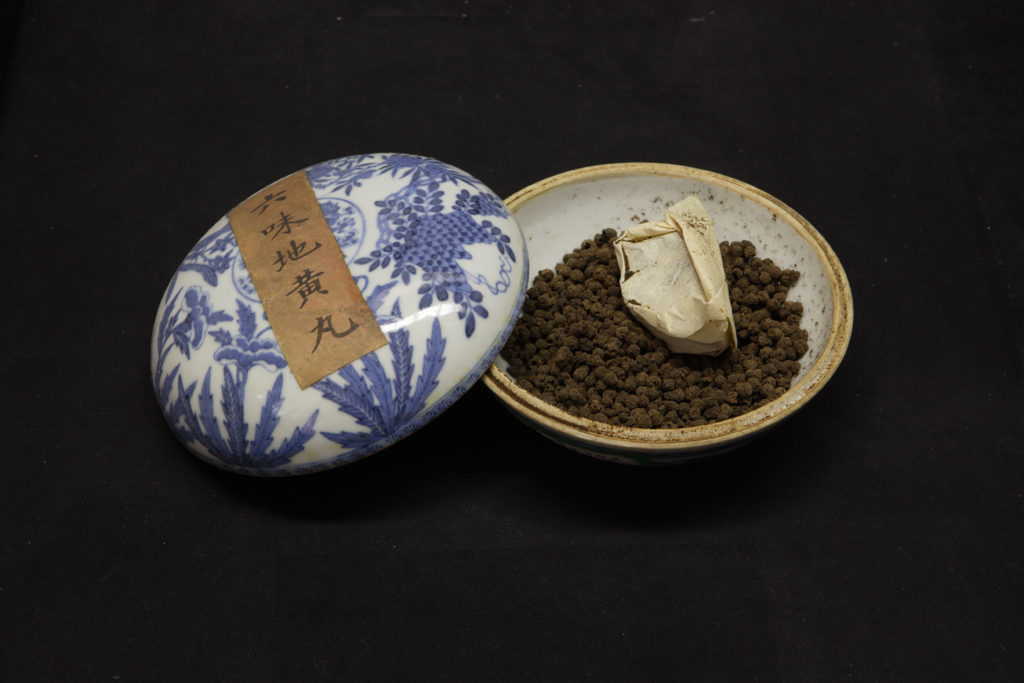The imperial physicians were the family doctors responsible for providing medical services to members of the imperial family. They were also in charge of epidemic prevention work in the whole country. During the reign of the Jiaqing Emperor, for example, there were branches of medicine: internal medicine, paediatrics, typhoid fever, gynaecology, dermatology, acupuncture and moxibustion, ophthalmology, dentistry and stomatology, osteology, etc.
The imperial physicians were paid low wages compared to other officials, but their jobs came with high risks. So, some civilian physicians were reluctant to serve at the court. Chinese writer Zheng Yimei recorded such an anecdote: During the period in which Empress Dowager Cixi was in power, the civilian physician Ma Peizhi was recommended to the court. After he successfully cured the empress dowager’s illness, he was bombarded by princes and ministers looking to be treated. To escape from his situation, Ma went as far as pretending to faint in public and was finally allowed to return to Yangzhou. After returning to his hometown, Ma recorded his experiences in Beijing in A Record of Being Marked by Grace (Ji en lu).




